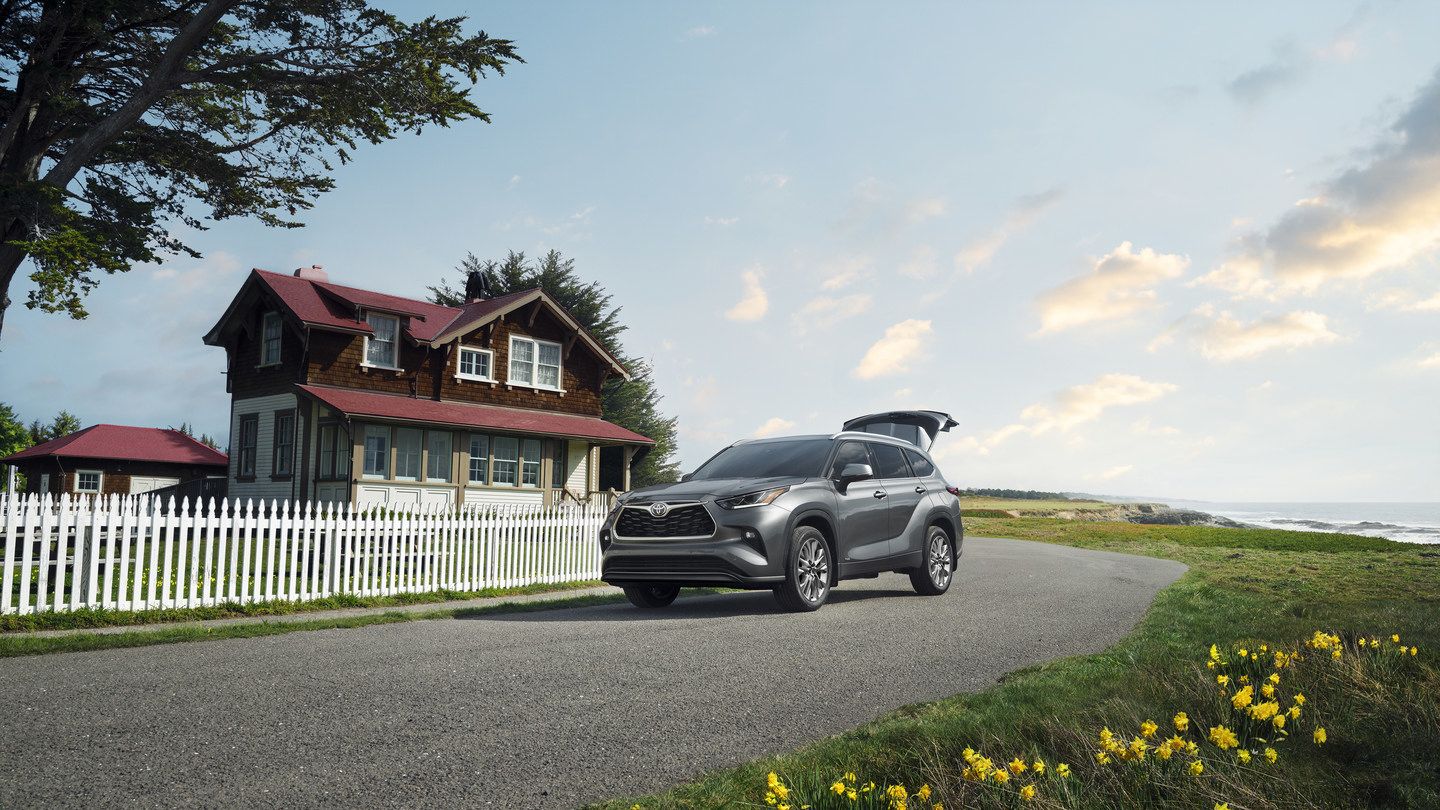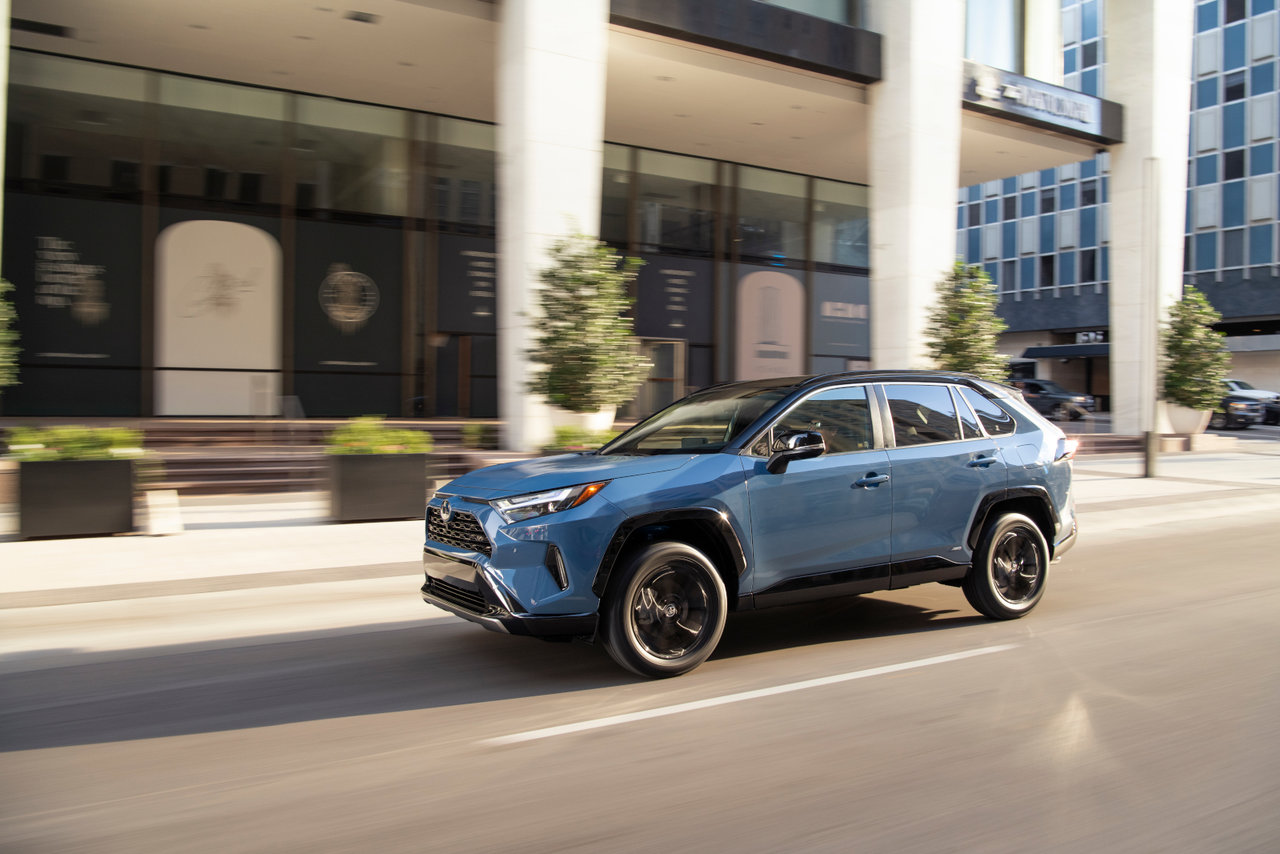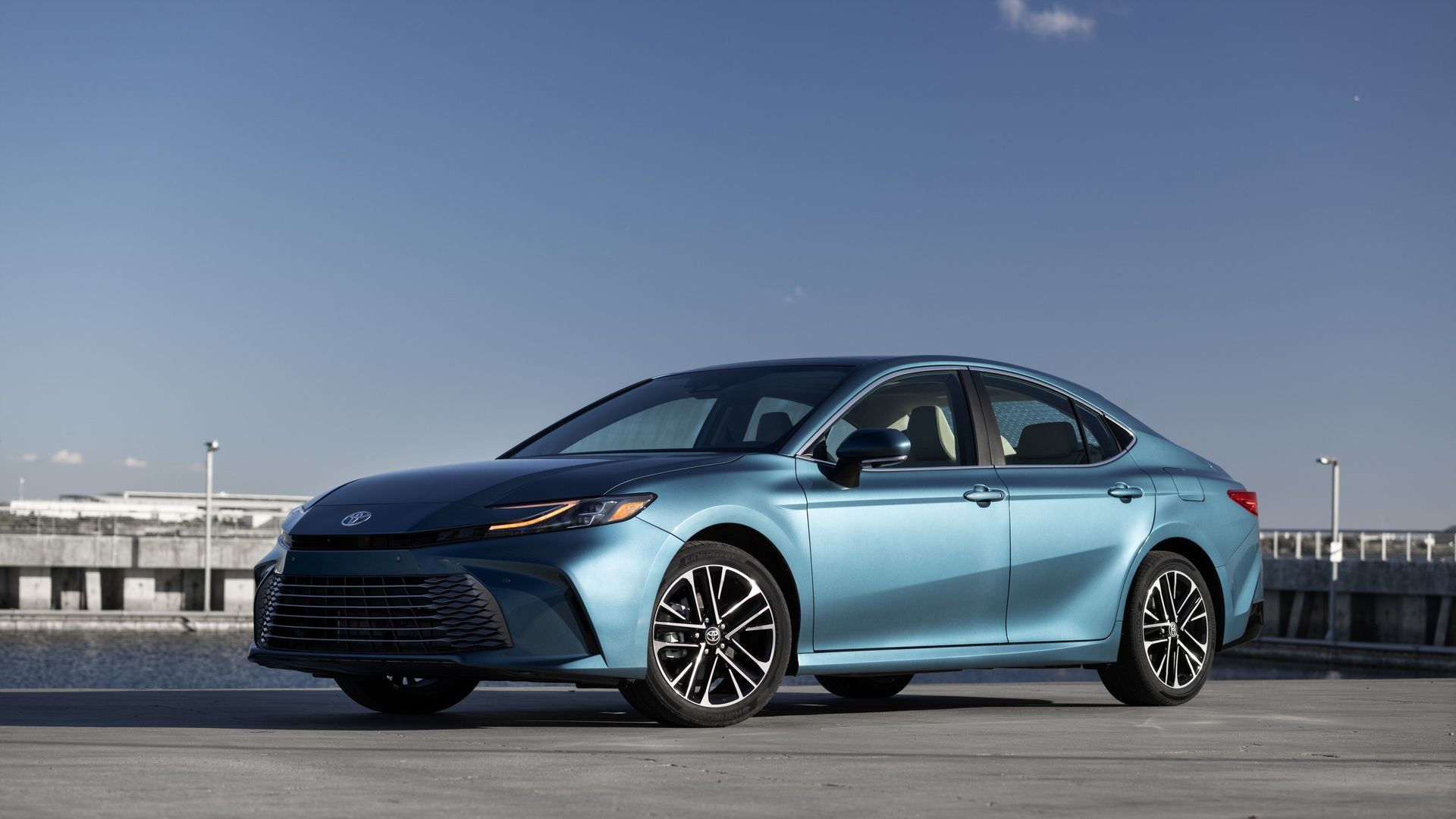The Toyota Safety Sense suite of active safety features has been part of the standard equipment of every Toyota vehicle for a few years now and its impressive technologies have continued to evolve with every new model.
Keeping the vehicle in its lane
Every Toyota model currently on sale benefits from Lane Keeping Assist with Steering Assist in order to prevent accidents that can occur when the vehicle inadvertently leaves its lane. If this is the case, a warning is issued to catch the driver’s attention and a force is applied to the steering wheel in order to steer the vehicle away from oncoming traffic or neighbouring vehicles. More advanced versions of the system also feature Road-Edge Detection and Lane Tracing Assist in order to keep the vehicle centred between both lane markings at all times, even when the road curves or when the road markings are partly obscured.
Preventing frontal collisions
The TSS suite of safety features has many technologies at its disposition to help prevent frontal collisions, such as the dynamic cruise control, which is standard across the entire Toyota lineup. This makes it easier to maintain enough distance from the vehicle in front to be able to stop in an emergency. In addition, the Pre-Collision System can apply the brakes on its own to avoid an accident when it detects a vehicle, a pedestrian, or a cyclist in its path. The more advanced systems also include Intersection support, which monitors the oncoming traffic when making an unprotected left turn at an intersection.
Helping drivers see better at night
Every Toyota vehicle comes standard with automatic high beam headlamps in order to maximize the amount of illumination available at night without compromising the safety of other drivers. This is possible because of a light-level sensor that monitors the road ahead for the presence of headlamps or taillamps. When the road is clear, the system automatically switches to high beam lights to provide the best visibility possible and as soon as another vehicle is detected in an area where its driver could be affected by the headlamps, the system automatically switches back to the low beams.





